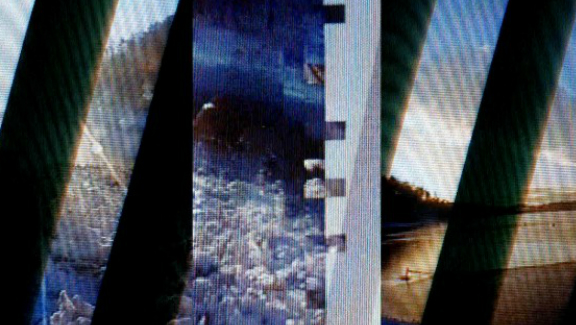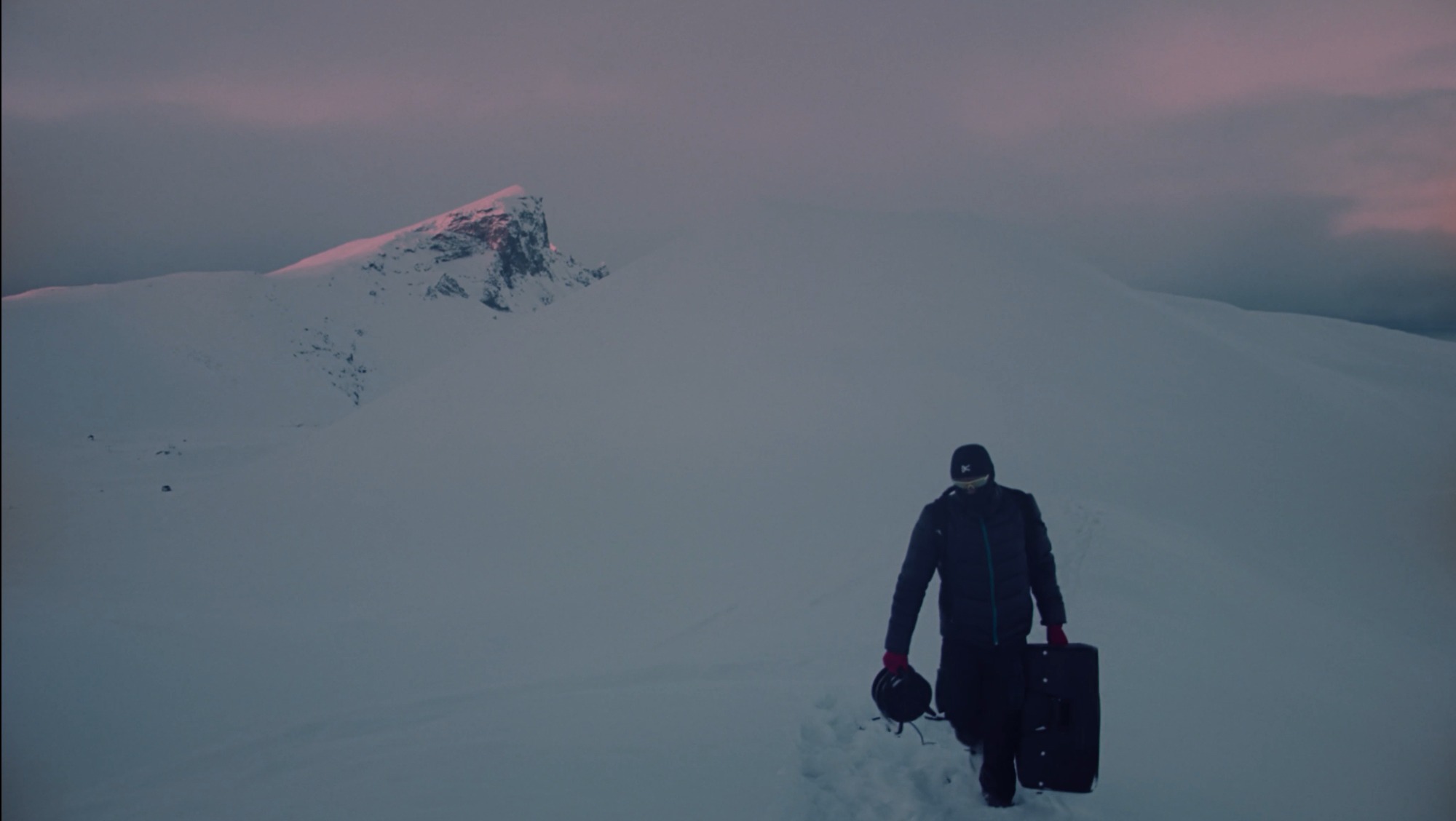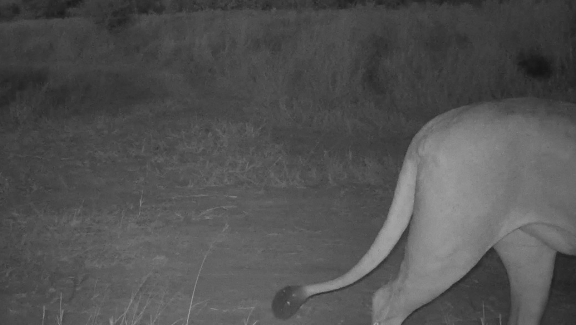SaF05
Synopsis
SaF05 is the last in a trilogy of videos that began with Stoneymollan Trail (2015) and was followed by BRIDGIT (2016). This autobiographical cycle traces the accumulation of affinities, desires and losses that form a self as it moves forward in time.
Official Selection Toronto International Film Festival - Wavelengths
Details
- Year
- 2019
- Type of project
- Shorts
- Running time
- 40 mins
- Director
-
Charlotte Prodger
- Producer
- Charlotte Prodger
- Editor
- Charlotte Prodger
- Colourist
- Jason R Moffat
Genre
Categories
Production Status
Production Company
Commissioned by Scotland + Venice – a partnership between Creative Scotland, British Council Scotland and the National Galleries of Scotland – with funding support from the National Lottery through Creative Scotland, and curated by Linsey Young with Cove Park
Charlotte Prodger
c/o Koppe AstnerSales Company
Page updates
This page was last updated on 12th May 2025. Please let us know if we need to make any amendments or request edit access by clicking below.
See also
You may also be interested in other relevant projects in the database.
 Stoneymollan Trail
Stoneymollan Trail
Director: Charlotte Prodger
Year: 2015
Using the metaphor of the Stoneymollan Trail, a hiking trail out of Glasgow, the film explores Charlotte Prodger’s personal archive, with material from multiple formats that includes an archive of miniDV tapes that Prodger shot between 1999 and 2004, recent footage shot on her iPhone and HD camera, and screenprinted graphic forms. The resulting single-screen video piece is a meditation on memory, subjectivity and desire. BFI London Film Festival 2015 - World premiere
 Glaciers Requiem
Glaciers Requiem
Director: Saddiq Abubakar
Year: 2026
In isolation on Iceland’s Snæfellsnes Peninsula, Nigerian-born modular synthesis artist Colloboh transforms glacial and oceanic recordings into sonic compositions - uncovering a dialogue between ice and sea that reshapes his understanding of consciousness, ecological collapse, and humanity’s place within both. As his process unfolds, Colloboh transforms these sounds into layered sonic works that blur the boundaries between observation and communion. The film culminates in a haunting gesture: he plays the completed composition back to the landscape itself, completing a dialogue between artist and environment. A meditation on impermanence, consciousness, and the fragile bond between humanity and the natural world.
 Transcendence
Transcendence
Director: Sharon Burrell
Year: 2025
An experimental film conveying a positive lived experience of being trans, as a counterpoint to the overwhelmingly negative narratives in the current discourse. This glimmer of hope and optimism, performed by trans artist Toby Vincer, devised with director Sharon Burrell, meditates on Toby’s relationship with their body, the Divine Feminine, and the natural environment.
